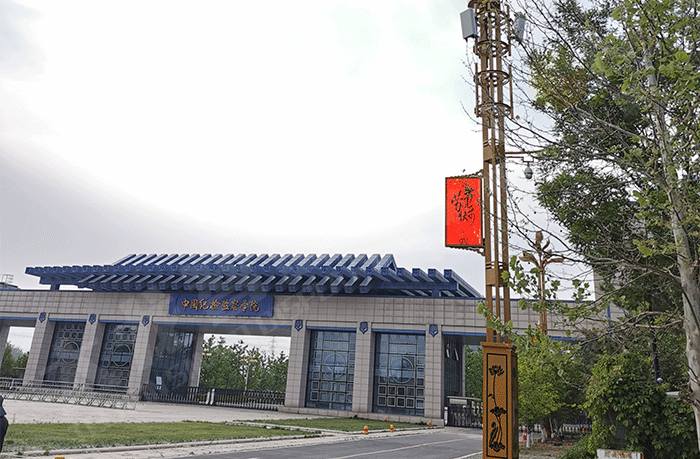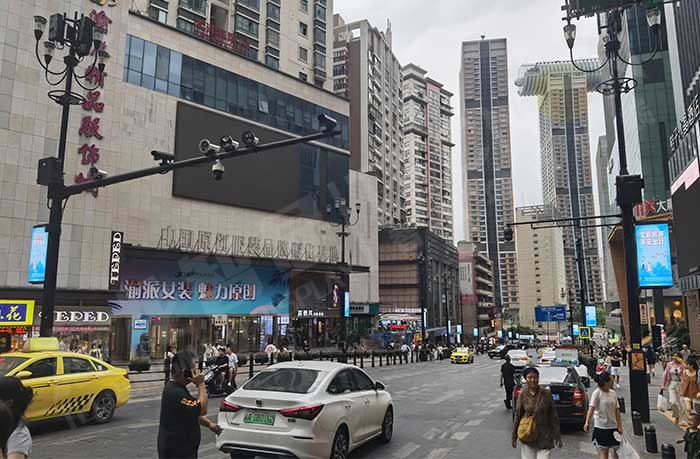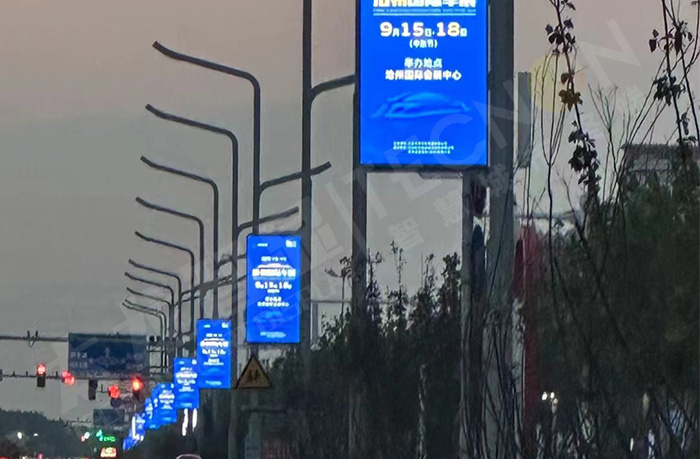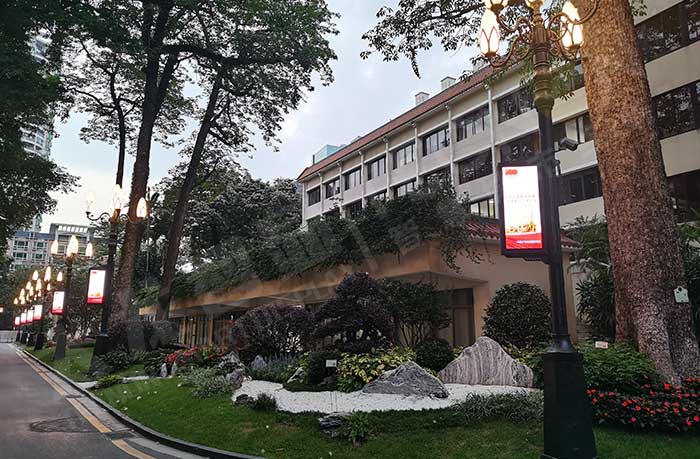Why should we replace old light poles with smart light poles
With the acceleration of urbanization, traditional urban management methods can no longer meet the development needs of modern cities. As part of urban infrastructure, old light poles have provided basic guarantees for urban lighting and information dissemination in the past few decades, but in the wave of smart city construction, they have gradually exposed various drawbacks. Therefore, replacing old light poles with smart light poles has become an inevitable choice for urban modernization and upgrading.

Smart light poles integrate intelligent lighting systems, which can automatically adjust the brightness of lights according to factors such as ambient light and pedestrian flow to achieve on-demand lighting. This not only improves the efficiency and comfort of lighting, but also greatly reduces energy consumption and reduces carbon emissions in cities. In contrast, old light poles usually use fixed brightness lighting, which is difficult to adapt to different environments and time requirements, resulting in a lot of energy waste. Smart light poles not only have lighting functions, but can also integrate a variety of sensors to achieve real-time monitoring of environmental parameters such as air quality, temperature and humidity, and noise. These data can be uploaded to the cloud through the Internet of Things technology for city managers to analyze and make decisions, thereby achieving refined management of the urban environment. However, old lamp poles lack this environmental monitoring function and it is difficult to provide comprehensive environmental data support.

Smart lamp poles are usually equipped with high-definition cameras, which can achieve all-weather monitoring of urban streets and enhance the city's security capabilities. In the event of an emergency, smart lamp poles can upload video data in real time to assist the police in responding quickly. However, the fixed monitoring equipment of old lamp poles is often limited in number, making it difficult to cover the entire urban area, and there are large safety blind spots. Smart lamp poles can quickly release early warning information in the event of an emergency through built-in speakers and LED displays, guiding citizens to take appropriate emergency measures. For example, in emergencies such as natural disasters and traffic accidents, smart lamp poles can promptly inform citizens of the situation and provide evacuation guidance. However, old lamp poles lack this ability to release emergency information and are difficult to play a role at critical moments.

Smart light poles not only have lighting functions, but also integrate multiple functions such as Wi-Fi hotspots, charging piles, weather stations, and environmental monitoring stations to achieve multiple uses of one pole and optimize the utilization efficiency of urban space. In contrast, old light poles have a single function and are difficult to meet the diverse needs of modern cities. Smart light poles can share data with other urban facilities through the Internet of Things technology to form the "smart brain" of the city. City managers can use these data to make intelligent decisions and resource scheduling to improve the efficiency and accuracy of urban management. However, old light poles lack the ability to share data and are difficult to support the intelligent management of cities.

The LED display screen on the smart light pole can publish weather forecasts, traffic information, public activities and other information in real time, so that citizens can get the information they need in time. However, old light poles lack this information display function, and citizens need to obtain information through other channels, which is inefficient. Smart light poles can create a more comfortable urban environment through intelligent management. For example, through intelligent dimming technology, the light brightness can be automatically adjusted according to the time period and traffic flow to avoid light pollution caused by excessive lighting. However, it is difficult for old lamp poles to achieve this kind of intelligent environmental adjustment, which affects the living comfort of citizens.

Replacing old lamp poles with smart lamp poles is not only an upgrade of urban infrastructure, but also an important step in the intelligent management of cities. Smart lamp poles improve urban management efficiency, resource utilization efficiency and the quality of life of citizens by integrating multiple intelligent functions, laying a solid foundation for the construction of smart cities. Therefore, the replacement of old lamp poles is an inevitable trend in the development of urban modernization and an important part of smart city construction.






















































































